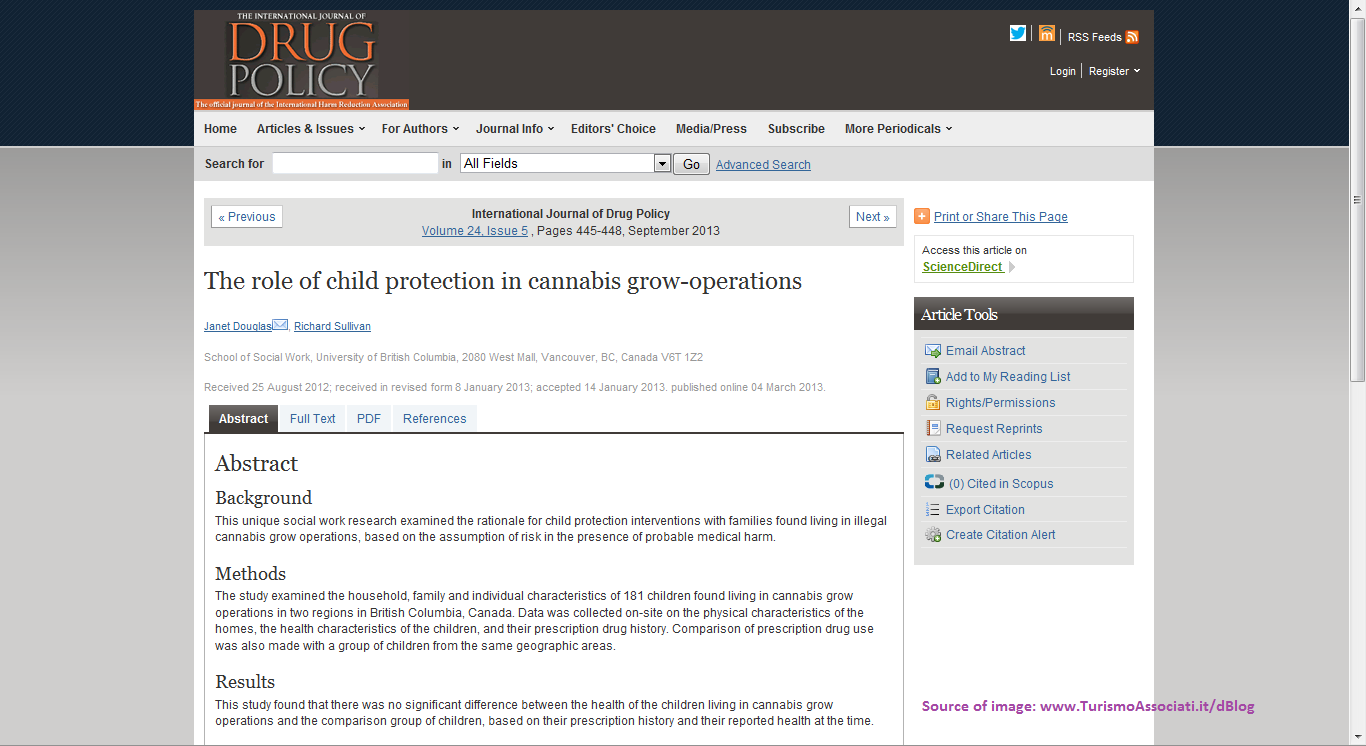Marijuana, unlike most modern day medicine, contains a wide range of chemical compounds. Scientists have identified over 60 unique molecules in cannabis known as cannabinoids, which include THC and CBD. Many other non-cannabinoid compounds are produced by the plant that also have regulatory effects.

For example, terpenes, the molecules responsible for marijuana's smell, have been shown to block some cannabinoid receptor sites in the brain while promoting cannabinoid binding in others. As a result, terpenes are believed to affect many aspects of how the brain takes in THC or CBD, while offering various therapeutic benefits of their own.
In fact, while THC has gotten most of the attention, studies suggest many of the compounds in marijuana work together to produce a synergy of effects. This is known as the 'entourage effect.'
Understanding Strains
Marijuana comes in thousands of different varieties, or strains. Different marijuana strains have vastly different chemical profiles that cause different experiences in the same person.
This explains why sometimes marijuana can make a person feel calm, while other times it can make that same person feel anxious or paranoid.
The chemical components of marijuana include, but are not limited to, terpenes, ketones, esters, lactones, alcohols, fatty acids, and steroids. The effects of all these chemicals working together and regulating each other will be much different than the effects of any one chemical working alone.
In other words, marijuana is made up of thousands of different chemicals that work together to produce some general effect. Change the recipe and you change the effect.
The Entourage Effect — An Example
One of the starkest examples of the entourage effect was a British study that gave patients pure THC intravenously one day, and then a mixture of THC and CBD intravenously a week later.
Nicky Taylor, the host of the BBC documentary "Should I Smoke Dope?," participated in the study and filmed it for the world to see:
Although she kept referring to cannabidiol (CBD) inaccurately as "cannabinoid," the end result was so illustrative of the entourage effect that it's hard to be too annoyed.
In the video, she reported feeling horrible with just THC, "like being at a funeral." Yet with the THC/CBD mixture, she was unable to contain her laughter throughout the session. THC and CBD appeared to interact somehow, which has been shown by other studies as well.
Incidentally, she was kept blind to which cannabinoid mixture she was given.
Marinol vs. Marijuana
Marinol is a prescription drug that contains pure synthetic THC. Marinol was approved by the FDA in 1985 for treating the side effects of chemotherapy. However, many doctors and patients have come to find Marinol a poor substitute for cannabis.
This is most likely related to marijuana's entourage effect, as CNN's Dr. Sanjay Gupta explains:
"When the drug became available in the mid-1980s, scientists thought it would have the same effect as the whole cannabis plant. But it soon became clear that most patients preferred using the whole plant to taking Marinol.
Researchers began to realize that other components, such as CBD, might have a larger role than previously realized."
In fact, the 'entourage effect' was a term coined by Dr. Ethan Russo, who, in 2011, published a paper in the British Journal of Pharmacology describing the synergistic contributions of other compounds in cannabis.
Scientists like Dr. Russo are now using whole cannabis to develop pharmaceuticals such as Sativex, in order to include the benefits of marijuana's many compounds and their entourage effect.
Source: LeafScience